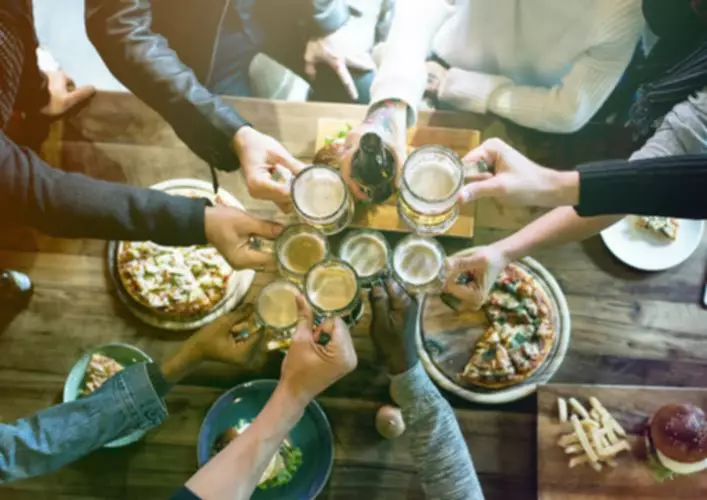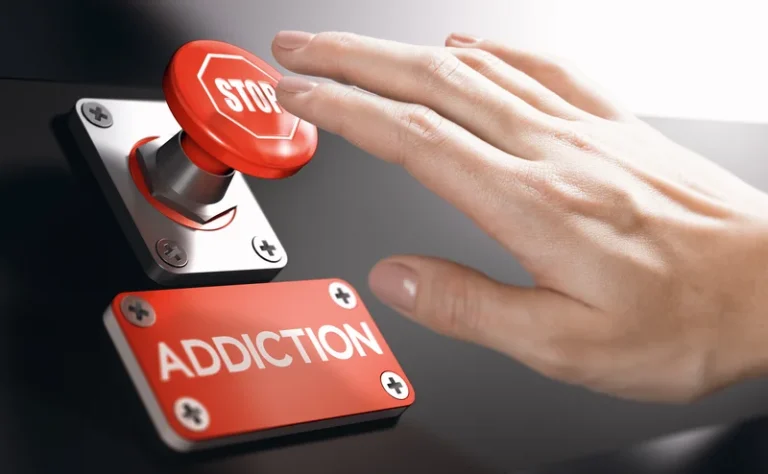
In the preliminary analysis, an exposure variable equal to the number of completed assessments accounts for individual differences in response rates. Previous research supports the validity of the sampling protocol against a gold standard of transdermal alcohol monitoring (Simons, Wills, Emery, & Marks, 2015). Data from this https://ecosoberhouse.com/ sample has been previously reported in Simons, Simons, O’Brien, Stoltenberg, Keith, and Hudson (2017). The previous paper does not include the experience sampling data reported here. Personal accounts of individuals experiencing PTSD blackouts often highlight the profound impact these episodes can have on daily life.
- That is, modeling the longer-term trend while accounting for within-person dynamic effects from multiple variables has not been examined with measurement burst designs (see Curran & Bauer, 2011 for similar modeling with panel data).
- The NIMH Strategic Plan for Research is a broad roadmap for the Institute’s research priorities over the next five years.
- Effective psychotherapies often emphasize a few key components, including learning skills to help identify triggers and manage symptoms.
- The ESM study was a measurement burst design with 10 weeks of sampling in 7 bursts across the 1.5 years.
- They may also be accompanied by other dissociative symptoms, such as depersonalization or derealization, which are less common in other forms of memory loss.
Best treatment options for alcoholism and PTSD
This experience sampling study used an intensive measurement burst design to test hypotheses regarding the temporal associations between PTSS, drinking, alcohol dependence syndrome, and conduct problems. The measurement ptsd alcohol blackout burst design incorporated experience sampling in seven 1 to 3 week measurement “bursts” over the course of approximately 1.5 years. First, we were able to obtain 10 weeks of experience sampling while minimizing fatigue.
Experience sampling measures
The IRR indicated that for every unit increase in conduct problems at time t-1 there was a 7% increase in the incident rate of conduct problems at time t. For drinking, the IRR indicates that for every unit increase in drinkingt there is a 47% increase in the incident rate of conduct problems at time t. First, we estimated four multilevel models with days (Level 1 (L1)) nested in person (Level 2 (L2)) predicting daily PTSS, drinking, dependence syndrome, and conduct problems. Drinking, dependence syndrome, and conduct problems were modeled as count variables using a negative binomial distribution and an exposure variable to account for differences in number of daily surveys completed.
Strategies for managing blackouts
- Treatment providers can connect you with programs that provide the tools to help you get and stay sober.
- Once those memories get locked in, even if they contain inaccurate details, they will remain that way.
- Psychotherapy, also known as talk therapy, can help people identify their emotions and triggers for symptoms to help them develop better coping mechanisms.
- In some early studies on the phenomenon, blackout subjects were able to recall events a couple of minutes after they happened and could even perform simple calculations.
- PTSD anger blackouts deserve special attention due to their potential impact on relationships and daily functioning.
Some have speculated that alcohol use among individuals with PTSD is a form of “self-medication” (Leeies, Pagura, Sareen, & Bolton, 2010) and this may be true for some college students as well (Read, Merrill, Griffin, Bachrach, & Khan, 2014). Posttraumatic stress disorder (PTSD), alcohol use, and alcohol-related consequences have been linked to emotion dysregulation. Sex differences exist in both emotion regulation dimensions and alcohol use patterns. This investigation examined facets of emotion dysregulation as potential mediators of the relationship between PTSD symptoms and alcohol-related consequences and whether differences may exist across sexes. But, unfortunately, sometimes traumatic events in childhood can negatively impact a person’s sense of safety and belonging. OIF/OEF/OND veterans were recruited from two communities (Tampa Bay area, FL and Vermillion / Sioux Falls, SD).
- The evaluation consists of 11 yes-or-no questions that are intended to be used as an informational tool to assess the severity and probability of an alcohol use disorder.
- After blacking out, you could wake up and not know where you are, how you got there, or how to get home.
- There’s no magic number of drinks you have to have in order to black out.
- We included random variance components for the time, time quadratic, PTSS, drinking, and autoregressive slopes if they were substantially different from zero.

Someone who experiences changes in mood or depressed feelings when drinking alcohol in addition to PTSD symptoms may be more likely to continue to drink excessively. Post-traumatic stress disorder (PTSD) and alcohol use can frequently co-occur. PTSD and alcohol abuse may occur together due to the tendency of people diagnosed with PTSD to engage in self-destructive behavior and the desire to avoid thinking about the trauma.


PTSD Symptoms, Emotion Dysregulation, and Alcohol-Related Consequences Among College Students with a Trauma History

Who is Most At Risk for Blacking Out?
- Fear is a part of the body’s “fight-or-flight” response, which helps us avoid or respond to potential danger.
- Medication might also be part of the treatment regimen for PTSD and alcohol use disorder.
- Further, in that study distress tolerance had an indirect effect on alcohol consumption through the pathway of hyperarousal symptoms.
- In addition, the models included six day-of-the-week indicators, elapsed time since initiating study, and the time quadratic term at L1.
- This within-person effect was significant after controlling for conduct problems at time t-1 (i.e., autoregression), drinking at time t, the temporal trend, and the day of the week covariates.
- One man told me of having gone to a magic show after dinner and suddenly, as though teleported through space and time, finding himself on stage with the magician being asked to pick a card from a deck he was handed.
